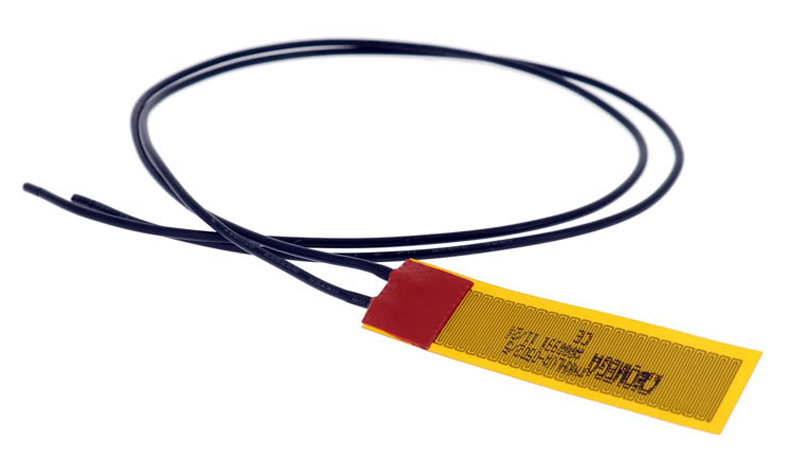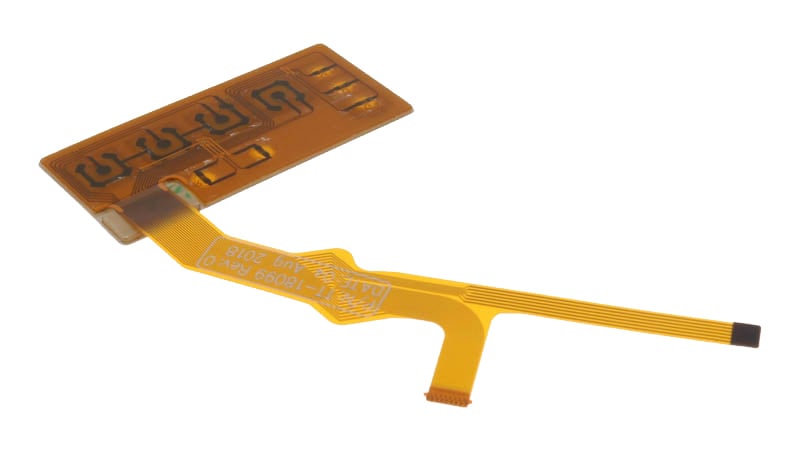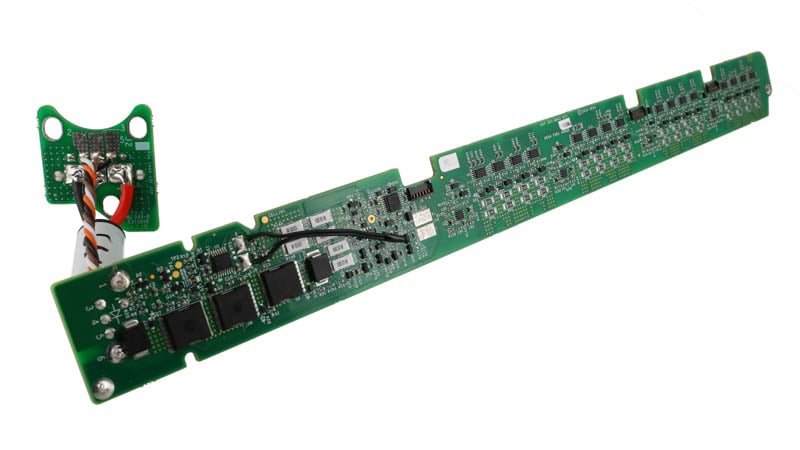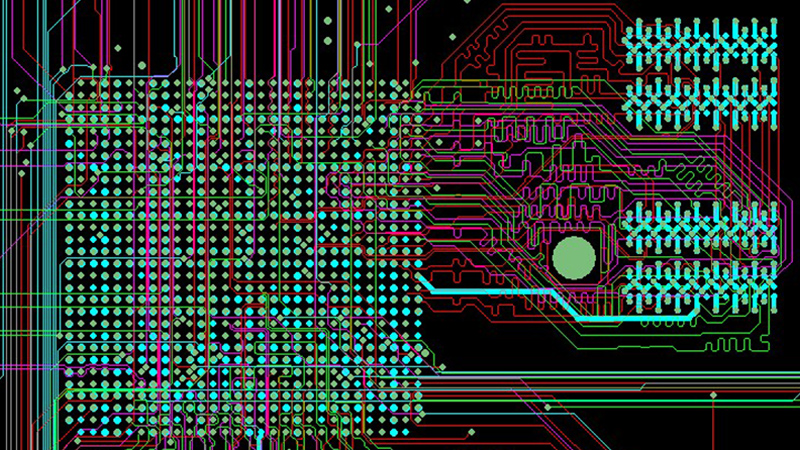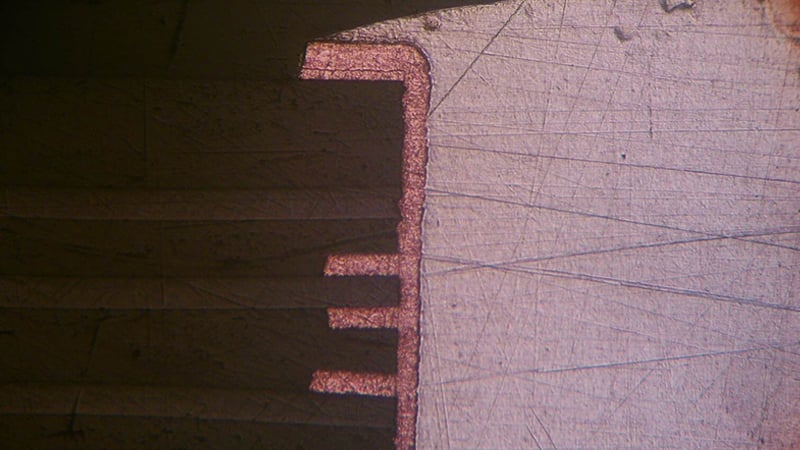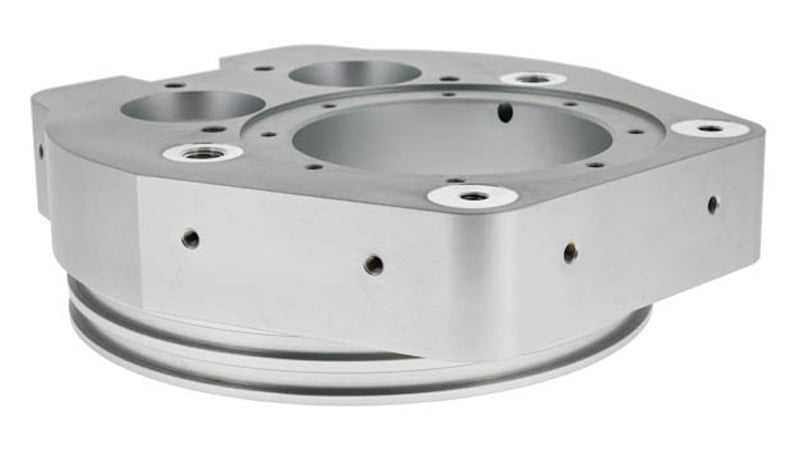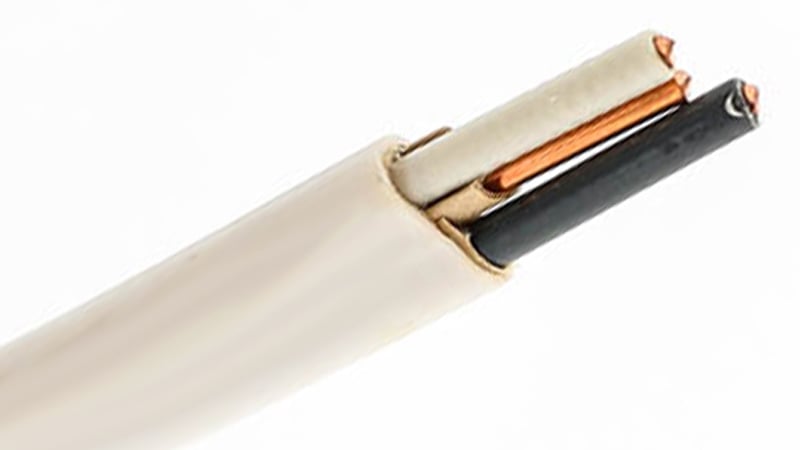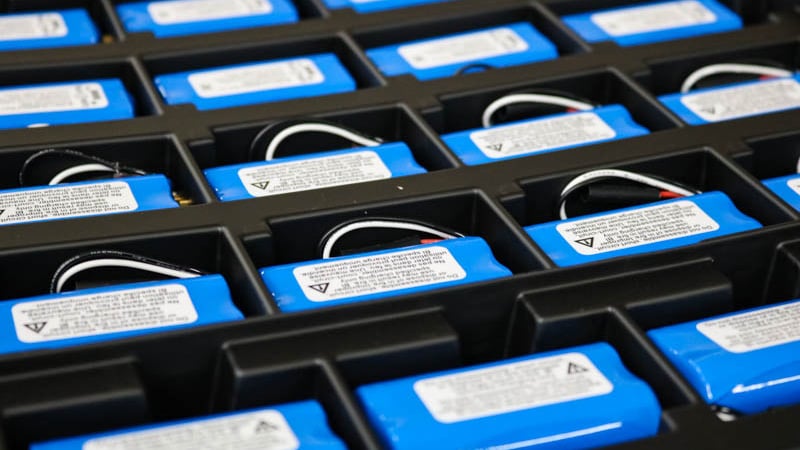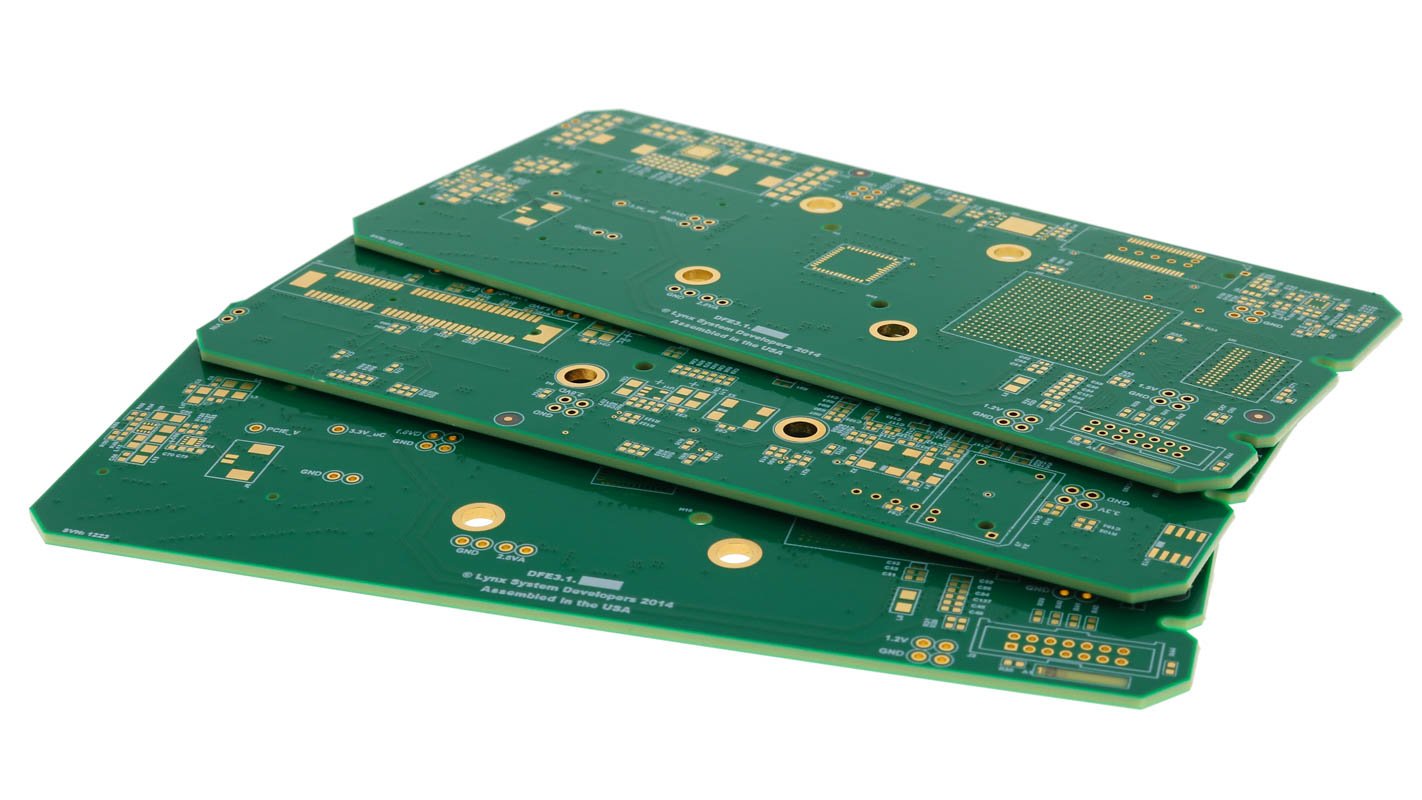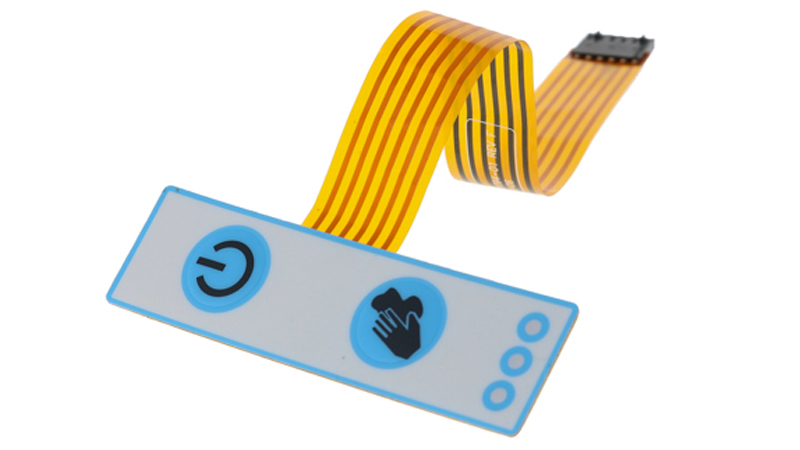At the conclusion of our webinar, How to Properly Size and Select Your Custom Flexible Heater, we had several questions submitted to our presenter, User Interface & Cable Assembly Product Manager, Steven J. Goodman. We compiled these into a readable format on our blog.
Membrane switches have become a staple in modern electronic interfaces, delivering reliable user input across industries ranging from consumer electronics to industrial equipment and medical devices. They are frequently chosen because they offer a combination of low cost, ultra-high reliability, and are completely customizable.
Newer technological devices require battery cells to provide higher levels of power while being lightweight and small. When seeking higher levels of energy and power in battery packs, these circumstances create an environment that leads to potentially unstable battery chemistries, elevated temperatures, short circuits, cell swelling, loss of capacity, and overcharging/over-discharging.
In modern electronic systems, the need for high-speed data transmission has never been greater. With faster clock speeds, smaller geometries, and increasing complexity in printed circuit board (PCB) layouts, ensuring signal integrity has become a top priority for designers. Consulting your PCB manufacturer should be at the top of your list.
In the world of flex and rigid-flex PCB design, vias are far more than just holes; they're an integral part of a high-density interconnect (HDI) strategy. As designs continue to shrink in size while growing in complexity, via structures have become critical to achieving high-functioning, compact layouts in sectors like medical, aerospace, defense, and industrial automation.
Achieving tight tolerances in CNC-machined parts isn't just about having the right equipment; it's about smart design from the very beginning. Whether you're developing aerospace components, medical devices, or precision instruments, understanding how to design for tight tolerances can mean the difference between a successful part and costly rework.
When it comes to designing wire harnesses and multiconductor cables, one of the most overlooked yet critical features is the drain wire. Whether used for grounding, shielding, or providing structural strength, the drain wire plays a key role in ensuring the performance, reliability, and longevity of the cable assembly.
At the conclusion of our webinar, Custom Battery Pack Design Considerations for Performance and Safety, we had several questions submitted to our presenter, Battery Product Manager Anton Beck. We compiled these into a readable format on our blog.
Prototyping is one of the most critical stages in the development of any electronic product. A well-designed printed circuit board (PCB) prototype can help you validate your concept, detect flaws early, and streamline the transition to production.
In the evolving world of human-machine interfaces (HMIs) such as keypads and membrane switches, the demand for backlit components continues to grow across countless applications. These backlit products include industrial controls, medical devices, consumer electronics, and automotive systems.


